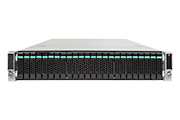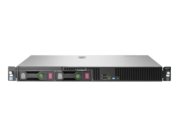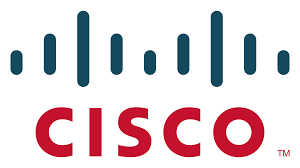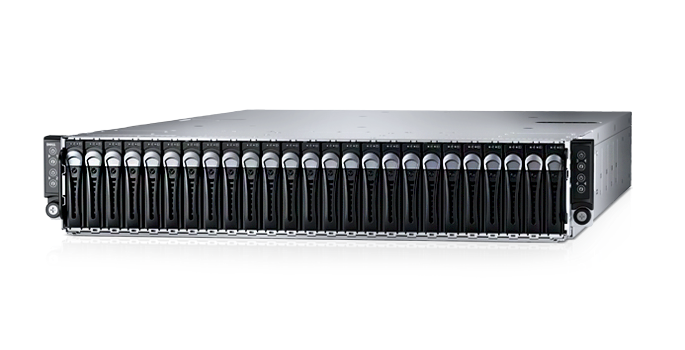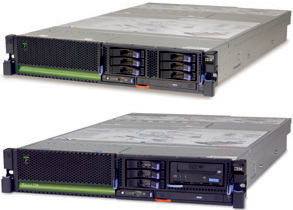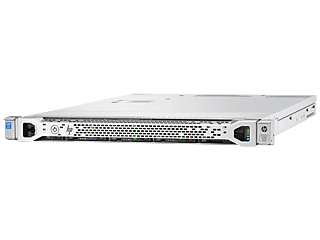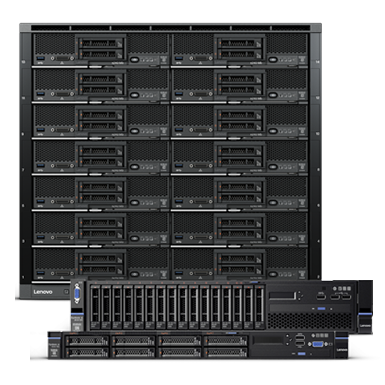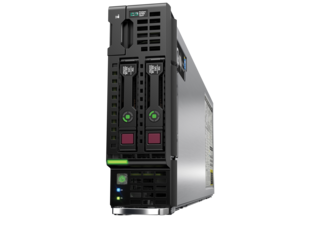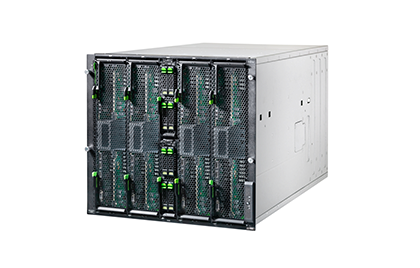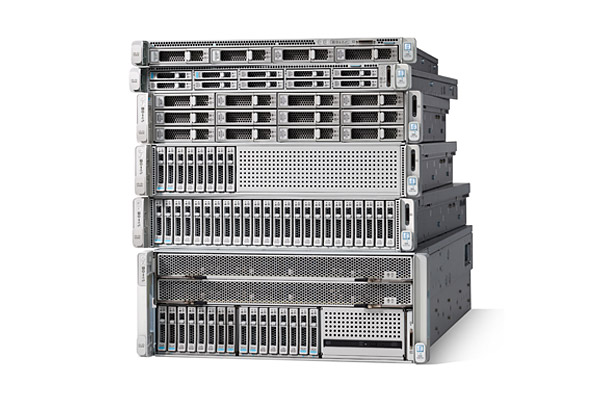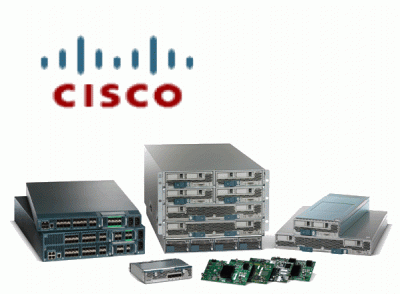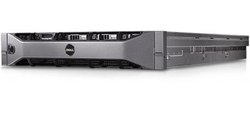
Categories
Problems that solves
Aging IT infrastructure
Values
Ensure Security and Business Continuity
About Product
Description
Dell PowerEdge is a server line by Dell, following the naming convention for other Dell products: the PowerVault (data storage) and the PowerConnect (data transfer & switches).
Below is an overview of current and former servers within Dell's PowerEdge product line. Different models are or were available as towers, 19-inch racks or blades. In the current naming scheme, towers are designated by T, racks by R, and blades by M (for modular). The 19" rack-servers come in different physical heights expressed in rack unit or U. Most modern servers are either 1U or 2U high while in the past the 4U was more common. Over the years, many different types of PowerEdge servers have been introduced and there was wide variety of product and family codes used within the PowerEdge name.
Itanium servers The Dell Itanium-based servers were introduced before this new naming-convention was introduced and were only available as rack servers.
New naming convention Since the introduction of the Generation 10 servers in 2007 Dell has adopted a standardized method for naming their servers; the name of each server is now represented by a letter followed by 3 digits. The letter indicates the type of server: R (for Rack-mountable) indicates a 19" rack-mountable server, M (for Modular) indicates a blade server, whilst T (for Tower) indicates a stand-alone server. This letter is then followed by 3 digits.
New naming convention Since the introduction of the Generation 10 servers in 2007 Dell has adopted a standardized method for naming their servers; the name of each server is now represented by a letter followed by 3 digits. The letter indicates the type of server: R (for Rack-mountable) indicates a 19" rack-mountable server, M (for Modular) indicates a blade server, whilst T (for Tower) indicates a stand-alone server. This letter is then followed by 3 digits.
- The first digit refers to the number of sockets in the system: 1 to 3 for one socket, 4 to 7 for two sockets, and 8 or 9 for four sockets.
- The middle digit refers to the generation: 0 for Generation 10, 1 for Generation 11, and so on.
- The third digit indicates the make of the CPU: 0 for Intel or 5 for AMD.

